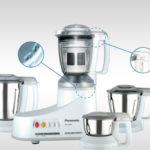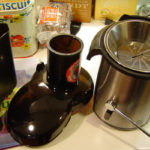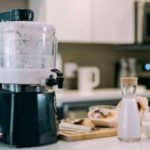Carrots are a nutrient-rich vegetable, offering a plethora of health benefits. One popular way to consume these nutrients is by juicing carrots. However, a common dilemma is deciding which appliance to use: a juicer, blender, or slow juicer?
Each appliance has its own set of pros and cons, catering to different needs and purposes. This article aims to compare these three options to help you make an informed choice.
1 Juicing Carrots with a Juicer
Advantages of Juicing Carrots with a Juicer
Speed and Convenience: Juicers operate at high speeds, quickly juicing carrots in just a few minutes.
Clear Juice with Minimal Pulp: Juicers effectively separate the juice, resulting in a clear and pulp-free beverage that is easy to drink and enhances nutrient absorption.
User-Friendly: Most juicers feature a simple design, making them easy to assemble, use, and clean.
Affordable Options: Juicers come in a range of prices, catering to various budgets and needs.
Multifunctional: Some modern juicers also function as blenders, allowing you to prepare a variety of drinks.
Additional advantages of juicing carrots with a juicer include:
- Preserving the Natural Flavor of carrots.
- Better preservation of the juice compared to other preparation methods.
- Saving time and effort compared to manual juicing.
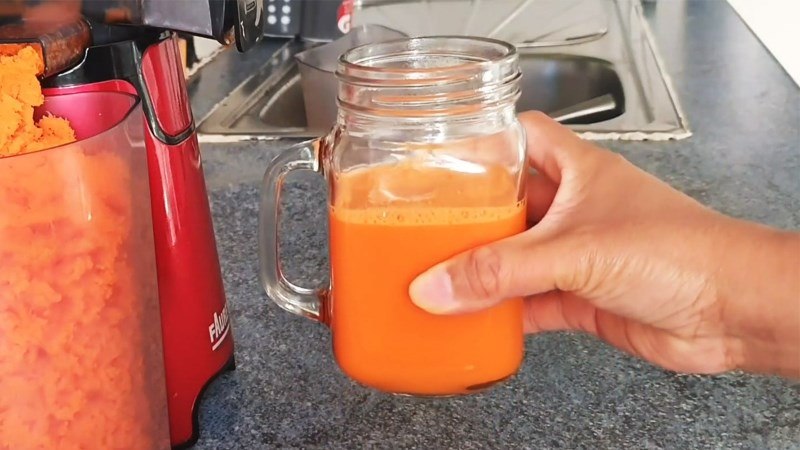 Advantages of Juicing Carrots with a Juicer
Advantages of Juicing Carrots with a Juicer
Disadvantages of Juicing Carrots with a Juicer
However, juicers also have some drawbacks:
- They can produce significant noise during operation.
- Some juicers may oxidize the juice, resulting in the loss of certain vitamins.
- Inefficient juicing with some types of juicers may lead to waste of ingredients.
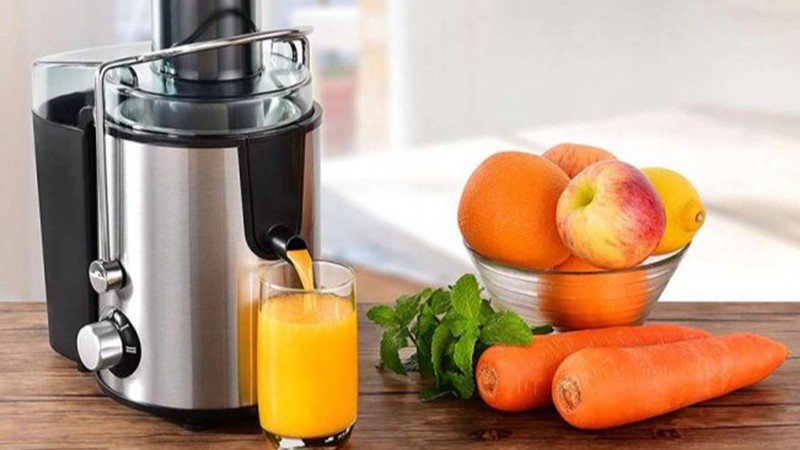 Disadvantages of Juicing Carrots with a Juicer
Disadvantages of Juicing Carrots with a Juicer
2 Juicing Carrots with a Blender
Advantages of Juicing Carrots with a Blender
Preserves Nutrients: Blenders puree the ingredients, retaining vitamins, minerals, and fiber from carrots.
Suitable for Those with Weak Digestion: Carrot juice made with a blender has a smooth consistency, making it easy to digest and suitable for those with weak digestion, children, and the elderly.
Ingredient Combinations: Blenders allow you to combine carrots with other fruits and vegetables to create delicious, nutritious, and flavor-rich juices.
Cost-Effective: Blenders are generally more affordable than juicers and slow juicers.
User-Friendly and Easy to Clean: Blenders feature a simple design, making them easy to use and clean.
Additional advantages of juicing carrots with a blender include:
- Utilizing carrot pulp for baking, cooking, or composting.
- Retaining the freshness of carrots longer compared to juicing with a juicer.
- Ability to blend frozen carrots without thawing.
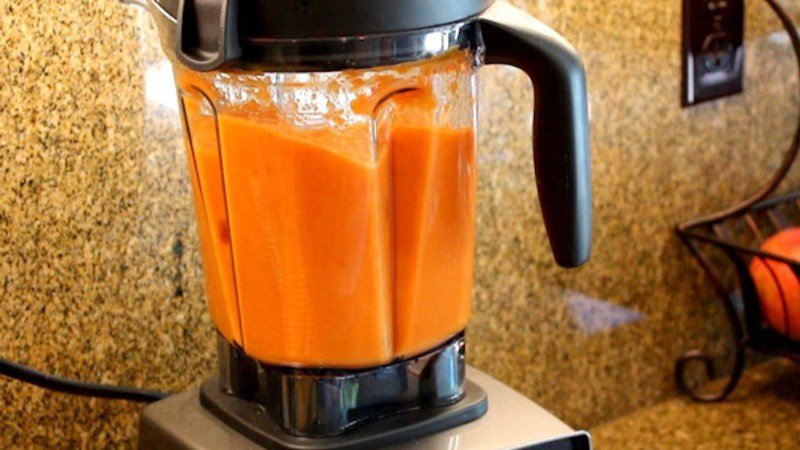 Advantages of Juicing Carrots with a Blender
Advantages of Juicing Carrots with a Blender
Disadvantages of Juicing Carrots with a Blender
However, blenders also have some limitations:
- The juice may have a grainy texture due to carrot pulp.
- The juice may oxidize faster compared to juice made with a juicer.
- Inefficient juicing compared to a juicer, resulting in waste of ingredients.
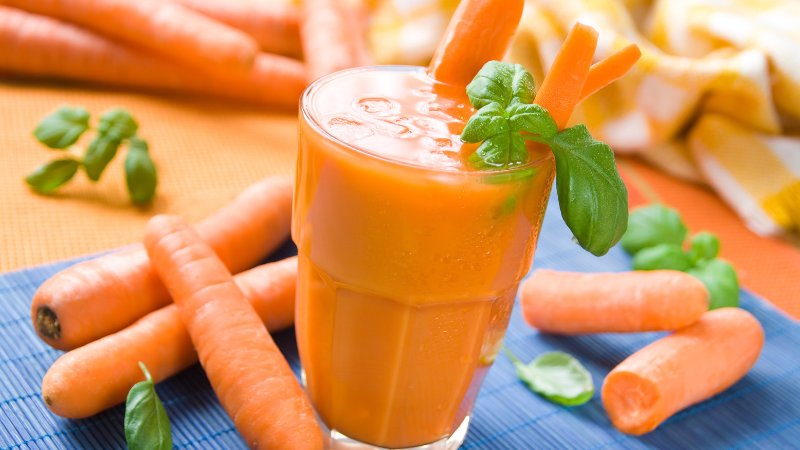 Disadvantages of Juicing Carrots with a Blender
Disadvantages of Juicing Carrots with a Blender
3 Juicing Carrots with a Slow Juicer
Advantages of Juicing Carrots with a Slow Juicer
Preserves Flavor and Nutrients: Slow juicers operate at a slow speed, reducing heat and oxidation, thereby preserving the natural flavor, vitamins, minerals, and beneficial enzymes in carrots.
Nutrient-Rich Juice: By retaining these nutrients, carrot juice made with a slow juicer contains higher levels of , C, , , and compared to juice made with a juicer or blender.
Clear, Smooth, and Pulp-Free Juice: Slow juicers efficiently separate the juice, resulting in a clear, smooth, and pulp-free beverage that is easy to drink and enhances nutrient absorption.
Quiet Operation: Slow juicers produce less noise compared to juicers and blenders, providing a more comfortable experience.
User-Friendly and Easy to Clean: Most slow juicers have a simple design, making them easy to assemble, use, and clean.
Additional advantages of juicing carrots with a slow juicer include:
- Longer preservation of the juice.
- Increased yield of carrot juice.
- Ability to juice a variety of fruits and vegetables.
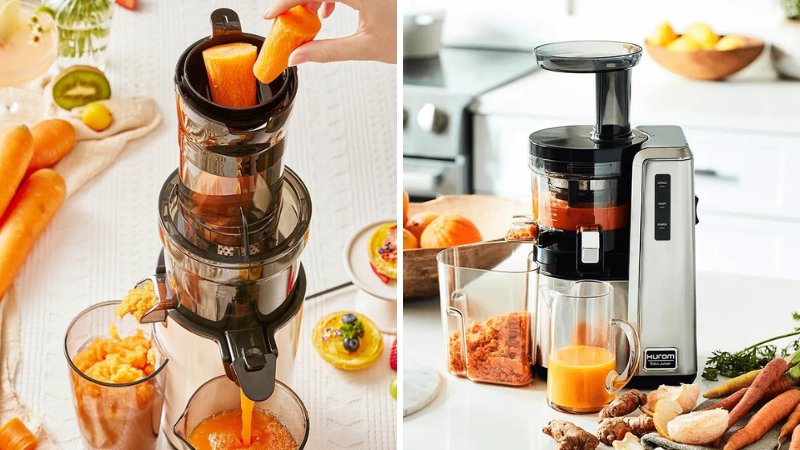 Advantages of Juicing Carrots with a Slow Juicer
Advantages of Juicing Carrots with a Slow Juicer
Disadvantages of Juicing Carrots with a Slow Juicer
However, slow juicers also have some drawbacks:
- Higher cost compared to juicers and blenders.
- Slower juicing process compared to juicers.
- Some types of slow juicers may have difficult-to-clean parts.
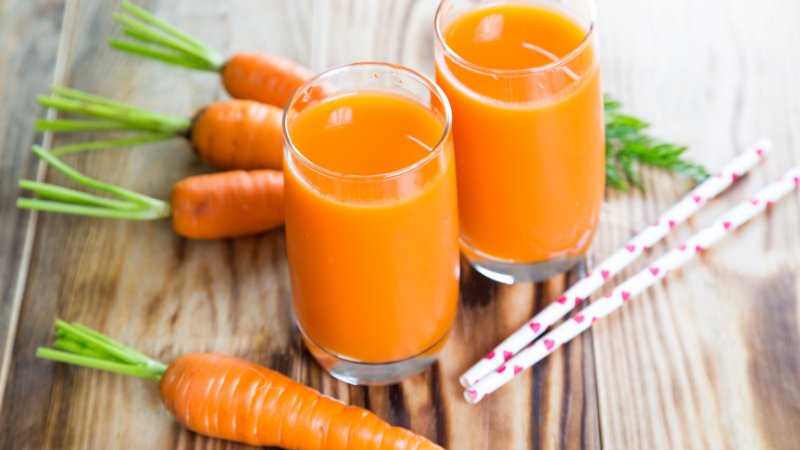 Disadvantages of Juicing Carrots with a Slow Juicer
Disadvantages of Juicing Carrots with a Slow Juicer
In conclusion, we have compared three popular carrot juicing methods: using a juicer, blender, or slow juicer. Each option has its own pros and cons, catering to different needs and purposes. We hope this information helps you make an informed choice to create delicious and nutritious carrot juice for yourself and your family.
7 Essential Summer Household Items to Have
As the sweltering summer days begin, it’s important to stay prepared to provide the best care and comfort for yourself and your family. To help, we’ve rounded up the essential products you need to beat the heat and keep everyone feeling their best. Check out our list of the top 7 must-have items to stay safe and cool down in those hot months.

























